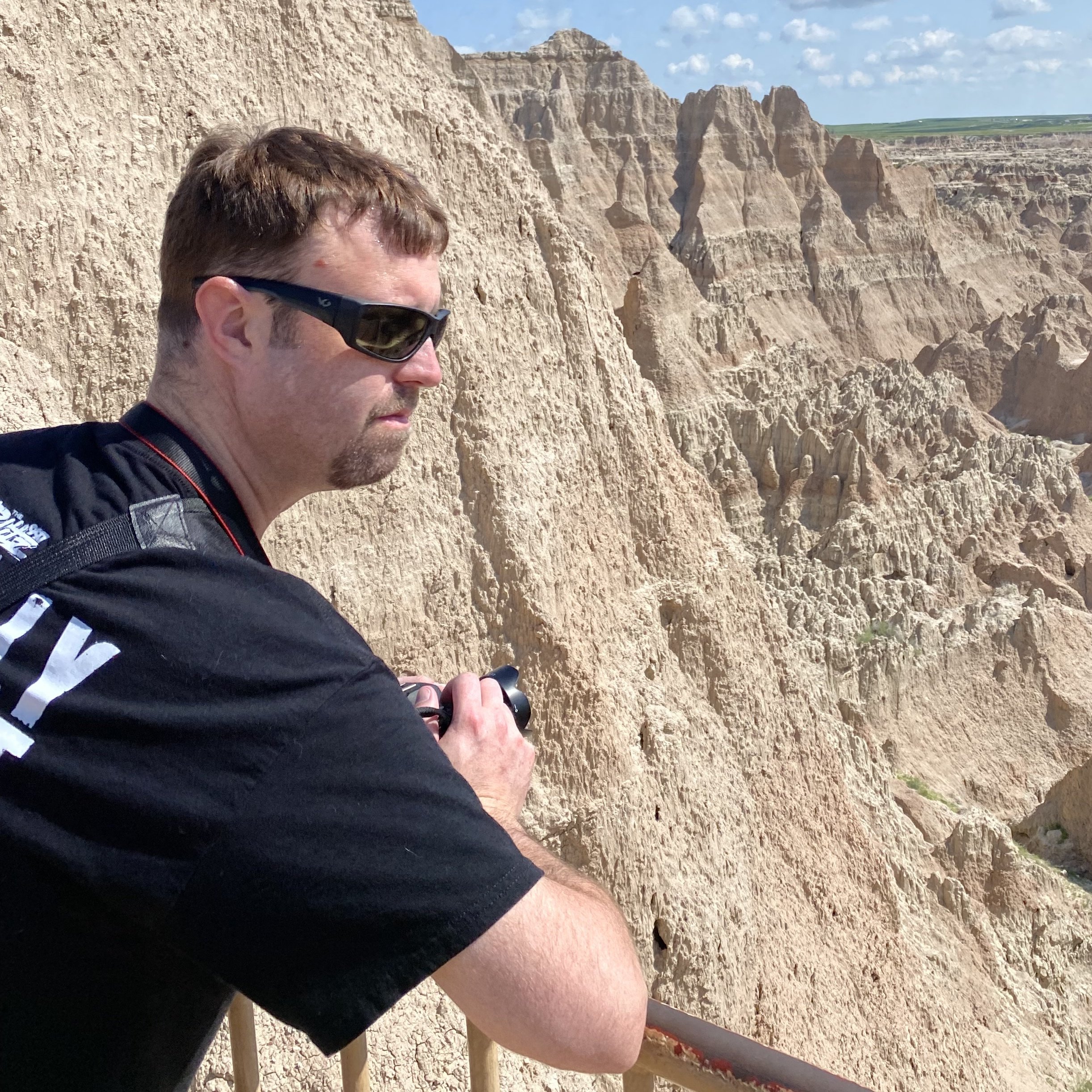I’ve found that the silliest desktop problems are usually the hardest to solve, and the “serious” linux system errors are the easiest.
System doesn’t boot? Look at error message, boot from a rescue disk, mount root filesystem and fix what you did wrong.
Wrong mouse cursor theme in some Plasma applications, ignoring your settings? Some weird font rendering issue? Bang your head against a wall exploring various dotfiles and rc files in your home directory for two weeks, and eventually give up and nuke your profile and reconfigure your whole desktop from scratch.
I have two, one is actually complicated and one was so obtuse that I never would have figured it out in a million years:
Actually complicated: I still don’t know how it happened, but somehow an update on Arch filled the
bootpartition with junk files, which then caused the kernel update to fail because of no disk space, which then kind of tanked the whole system. It took ages, but with a boot disk and chroot-ing back into the boot partition I eventually managed to untangle it all. I was determined to see it through and not reinstall.Ridiculous: One day when using Ubuntu, the entire system went upside-down. As in, everything was working perfectly fine, but literally the screen was upside-down. After much Googling I had no luck figuring it out, then I accidentally found the solution - I’d plugged a PS4 controller into the USB on the laptop to charge it, and for some reason Ubuntu interpreted the gyroscope on the controller as “rotate the screen display” so when I moved it, the screen spun round. I only figured it out by accident when I plugged it back it and it spun back to normal lol.
Ridiculous: One day when using Ubuntu, the entire system went upside-down. As in, everything was working perfectly fine, but literally the screen was upside-down. After much Googling I had no luck figuring it out, then I accidentally found the solution - I’d plugged a PS4 controller into the USB on the laptop to charge it, and for some reason Ubuntu interpreted the gyroscope on the controller as “rotate the screen display” so when I moved it, the screen spun round. I only figured it out by accident when I plugged it back it and it spun back to normal lol.
LMAO what the fuck?
This is up there with the
redacted(just looked it up it’s called the 500-mile email)Ah I remember that one! Classic. I also remember a story about someone who lost an entire PC in their apartment. It was running and connected to the network, they could ping it, but couldn’t physically find it lol.
Not fixed but there is an Arch problem that is and will always be the bane of mi existence.
For some reason when I click with the trackpad buttons the touchpad gets frozen for like a second (it’s like they are recognised by the system as keyboard buttons, I have enabled that option to temporarily disable it when using keyboard).
I’ve checked for hours and days the libinput documentation and some synaptics libraries, even legacy ones. It is to this day the only problem that has lead me to reinstall my system but the problem remains.
It’s not even like I have some niche setup, I mean, surely there must be thousands of Arch users running with a ThinkPad X1 Carbon Gen 7, and surely not every single one of them must be running it like this, right?
It has come to a point where I just gave up and got used to my system as is, but I’m sure I would be running fanfare if some day I am able to fix it.
I manage a machine that runs both media transcodes and some video game servers.
The video game servers have to run in real-time, or very close to it. Otherwise players using them suffer noticeable lag.
Achieving this at the same time that an ffmpeg process was running was completely impossible. No matter what I did to limit ffmpegs use of CPU time. Even when running it at lowest priority it impacted the game server processes running at top priority. Even if I limited it to one thread, it was affecting things.
I couldn’t understand the problem. There was enough CPU time to go around to do both things, and the transcode wasn’t even time sensitive, while the game server was, so why couldn’t the Linux kernel just figure it out and schedule things in a way that made sense?
So, for the first time I read up on how computers actually handle processes, multi-tasking and CPU scheduling.
As FFMPEG is an application that uses ALL available CPU time until a task is done, I came to the conclusion that due to how context switching works (CPU cores can only do one thing, they just switch out what they do really fast, but this too takes time) it was causing the system to fall behind on the video game processes when the system was operating with zero processing headroom. The scheduler wasn’t smart enough to maintain a real-time process in the face of FFMPEG, which would occupy ALL available cycles.
I learned the solution was core pinning. Manually setting processes to run on certain cores of the CPU. I set FFMPEG to use only one core, since it doesn’t matter how fast it completes. And I set the game processes to use all but that one core, so they don’t accidentally end up queueing for CPU time on a core that doesn’t have the headroom to allow the task to run within a reasonable time range.
This has completely solved the problem, as the game processes and FFMPEG no longer wait for CPU cycles in the same queue.
I once exited vim without having to look up the commands.
Full kernel corruption after a botched sudo full-upgrade.
I got the wonderful “bailing out you are on your own” shit as well.
Read a guide online about a hail mary ext file system journal recovery protocol, I ran it, like most things without reading too deeply.
Kernel was successfully repaired, Kubuntu kept on truckin’
Around 2017 I spent three days on and off trying to diagnose why my laptop running elementary OS had no wifi support. I reinstalled the wifi drivers and everything countless times. It worked for many days initially then just didn’t one day when I got on the laptop. Turns out I had accidentally flipped the wifi toggle switch while it was in my bag. I forgot the laptop had one. Womp womp.
Working for a VoIP company in the early 2010s I rm -rf’d the /bin/ directory. As root. On a production server. On site.
I ended up booting from my phone (android app for iso booting) then manually coppied over the files from another machine. Chrooted and some stuff was broken but rebuilding from the package manager reinstalled everything that was missing. Got the system back up in around 40 mins after that colossal screw up. Good fun and a great learning experience. Honestly, my manager should not have had me doing anything on a root shell with no training.
Grub.
Seriously. Tha was some fat as shit because I didn’t know what I was doing.
Getting WiFi to work in 2003
NDISWrapper: we’re just gonna trick the Windows driver into thinking it’s running on Windows and intercept the system calls.
That was certainly an era.
Oh god I remember that. Luckily in 2003 my main computer was scraped together from discarded parts at my father’s day job, so it was ethernet only
In 2024 on a laptop I still have wifi problems though. Most recently, if I closed and opened the laptop lid (suspend + resume), the wifi hardware just disappeared off the face of the kernel.
Turns out that the
iwlwifikernel module just irreversibly crashes when the laptop suspends and can only be fixed with a reboot.So I had the fun task learning about systemd pre-suspend hooks to unload the driver before suspend and load it again on resume.
Turns out wifi drivers still suck in 2024








